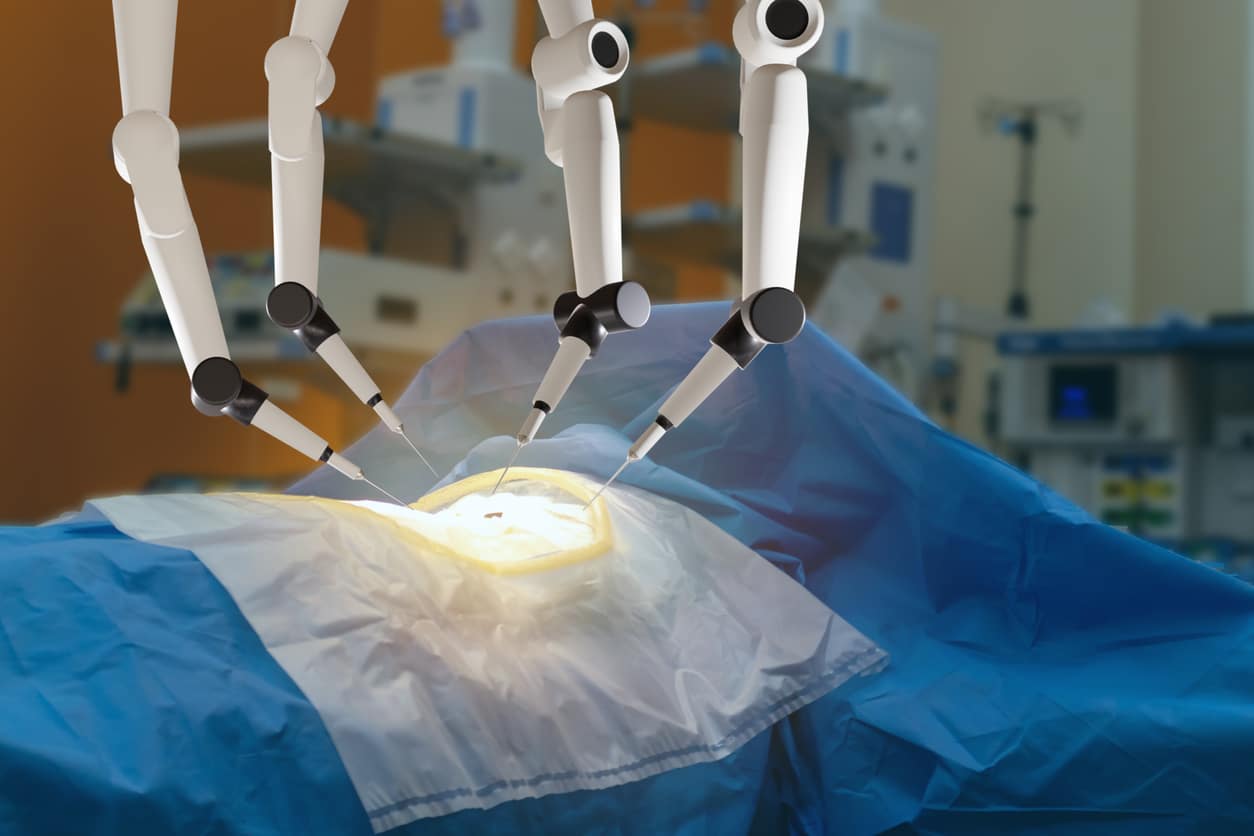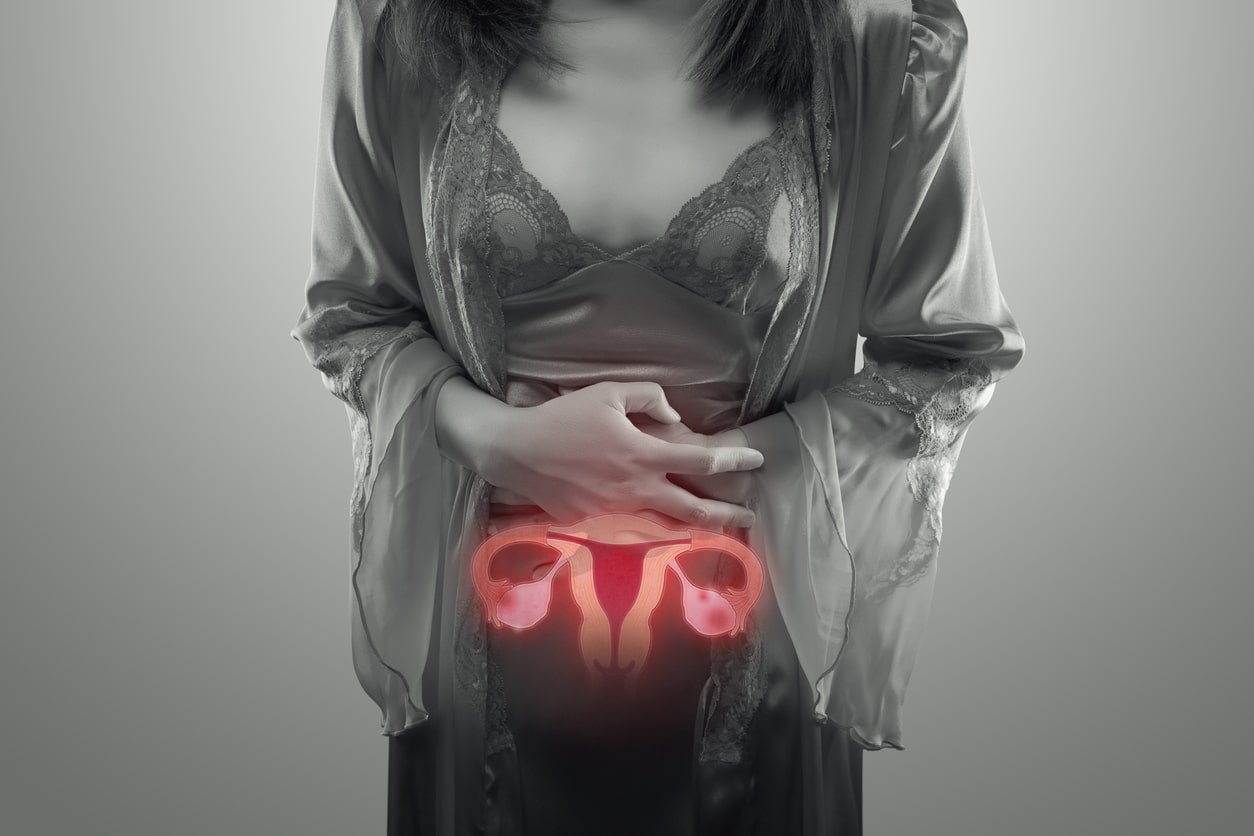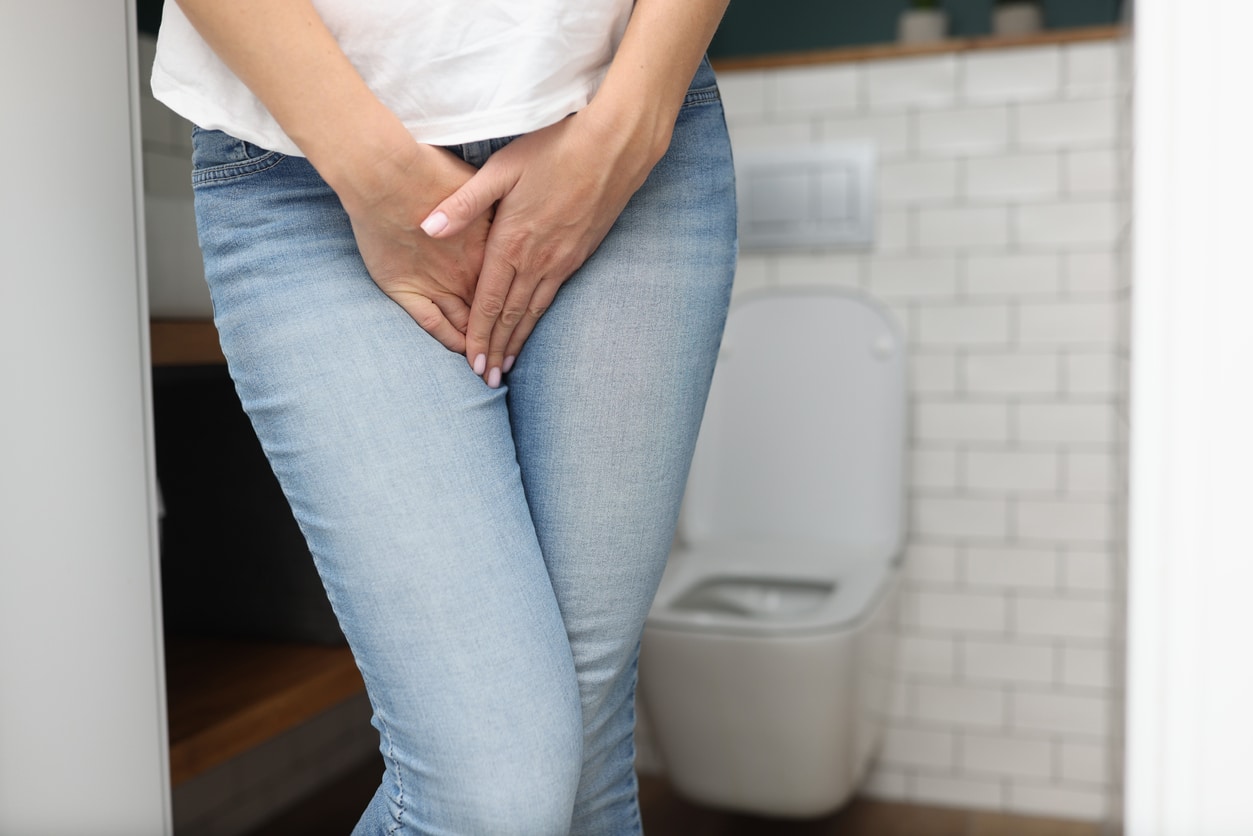An alternative to traditional surgery, a robotic hysterectomy is a cutting-edge technology utilizing the aid…

Endometriosis vs. Adenomyosis: Understanding the Difference
Endometriosis and adenomyosis are two painful progressive disorders, both involving endometrial tissue. In endometriosis, the same type of cell that lines the inside of the uterus also grows outside the uterus. Adenomyosis, on the other hand, occurs when those cells grow deep into the uterine muscular wall itself, thickening the wall. The tissue does not extend outside the uterus itself. While they are distinct conditions, some women may suffer from both at once.
Fortunately, these conditions can be managed and are not life-threatening—though they may be life-altering without intervention and support from a compassionate doctor. Though there is no cure, an endometriosis specialist can help you navigate the challenges of either condition, which may include pelvic pain, heavy periods, and trouble conceiving. But while endometriosis and adenomyosis share some similarities, what are their differences?
How Are the Symptoms of Adenomyosis Different from Endometriosis?
In adenomyosis, cells grow inside the uterine wall. The resulting thickening of the walls can cause pain and excessive bleeding.
Common symptoms of adenomyosis are:
- Painful periods
- Painful sex
- Chronic pelvic pain
- Abnormal bleeding
- Heavy menstrual periods
- Infertility
- Enlarged uterus
Endometriosis is characterized by the growth of cells outside the uterus and typically in the ovaries, pelvic cavities, and ligaments that support the uterus. There are 4 stages of endometriosis, each representing a different extent of tissue and scarring.
Symptoms of endometriosis include:
- Painful periods
- Painful sexual intercourse
- Painful bowel movements
- Painful urination
- Pelvic pain
- Fatigue
- Nausea
How Are These Conditions Diagnosed?
If you have adenomyosis, your uterus might feel swollen and more tender when you push on your abdomen. A doctor will perform a physical exam to determine if your uterus is enlarged. In some cases, an MRI or ultrasound may be enough to diagnose adenomyosis. In others, you may need to have minor surgery, where your practitioner will test your uterine tissue a lab.
With endometriosis, an ultrasound or MRI can also lead to a diagnosis. However, an MRI could miss smaller patches outside the uterus. The main diagnostic method is minimally invasive surgery. This way your doctor can look for endometrial tissue outside your uterus.
What Are the Treatment Options for Adenomyosis vs. Endometriosis?
While both conditions usually resolve after menopause, you shouldn’t have to wait. For managing these conditions before menopause, there are a few treatment options. At Endometriosis Treatment Center of America, your doctor will work with you to develop a treatment plan that works best for your unique body and goals
Adenomyosis Treatments can include:
- Nonsteroidal anti-inflammatory drugs (NSAIDs) – Over-the-counter medications, such as ibuprofen (Advil®, Motrin®) or naproxen (Aleve®), can ease pain and cramping.
- Hormone medications – Estrogen causes the uterine wall to thicken, which can make bleeding and cramping worse. Menstruation and symptoms can be stopped with certain hormonal contraceptives.
- Robotic-Assisted Surgery – Traditional laparoscopic surgery has posed issues for adenomyosis because of its placement within the uterus. However, we are now able to successfully provide robotic excision of adenomyosis, which preserves the ability to conceive a child.
- Hysterectomy – The uterus is removed during this procedure. You won’t be able to get pregnant or have a menstrual cycle after a hysterectomy.
Endometriosis can be treated with the following medications:
- NSAIDs for pain
- Hormonal birth control or Gonadotropin-releasing hormone (GnRH) agonists, which help regulate the menstrual cycle
- Aromatase inhibitors, which control estrogen production
- Muscle relaxers and anti-convulsant medications to treat pain symptoms associated with pelvic muscle spasms
- Robotic excision of endometriosis, which preserves your ability to get pregnant while removing the problem-causing tissue
- Robotic hysterectomy, when all other options have been explored, or if you do not want to get pregnant.
What Do I Do If I Think I Have Endometriosis or Adenomyosis?
Adenomyosis and endometriosis can both be painful in the long run. Both illnesses are progressive, but they are manageable—and while both can cause infertility issues, there is still hope. Talk to your specialist at Endometriosis Treatment Center of America about the best treatment plan for you if you want to get pregnant. Our cutting-edge robot-assisted surgical techniques have successfully eased many women’s discomfort and symptoms while keeping their uterus and ovaries intact.
A better outcome for pain, symptom reduction, and conception can be achieved with early diagnosis and treatment. If you’re experiencing pelvic pain, unusually heavy periods, or have been trying to conceive for over 12 months, call us today. We won’t stop until we have a treatment plan for you!
Endometriosis Treatment Center of America: Helping Women Find Answers
At Endometriosis Treatment Center of America, we’re prepared to listen to your symptoms and find an accurate diagnosis. If you have struggled to be heard, to find proper treatment, or simply want a second opinion, we’re here for you. You don’t have to suffer the pain of endometriosis or adenomyosis unassisted. For our Lake Orion, MI, location, call (248) 609-6040. For our Birmingham, MI, location, call (248) 731-2155.



